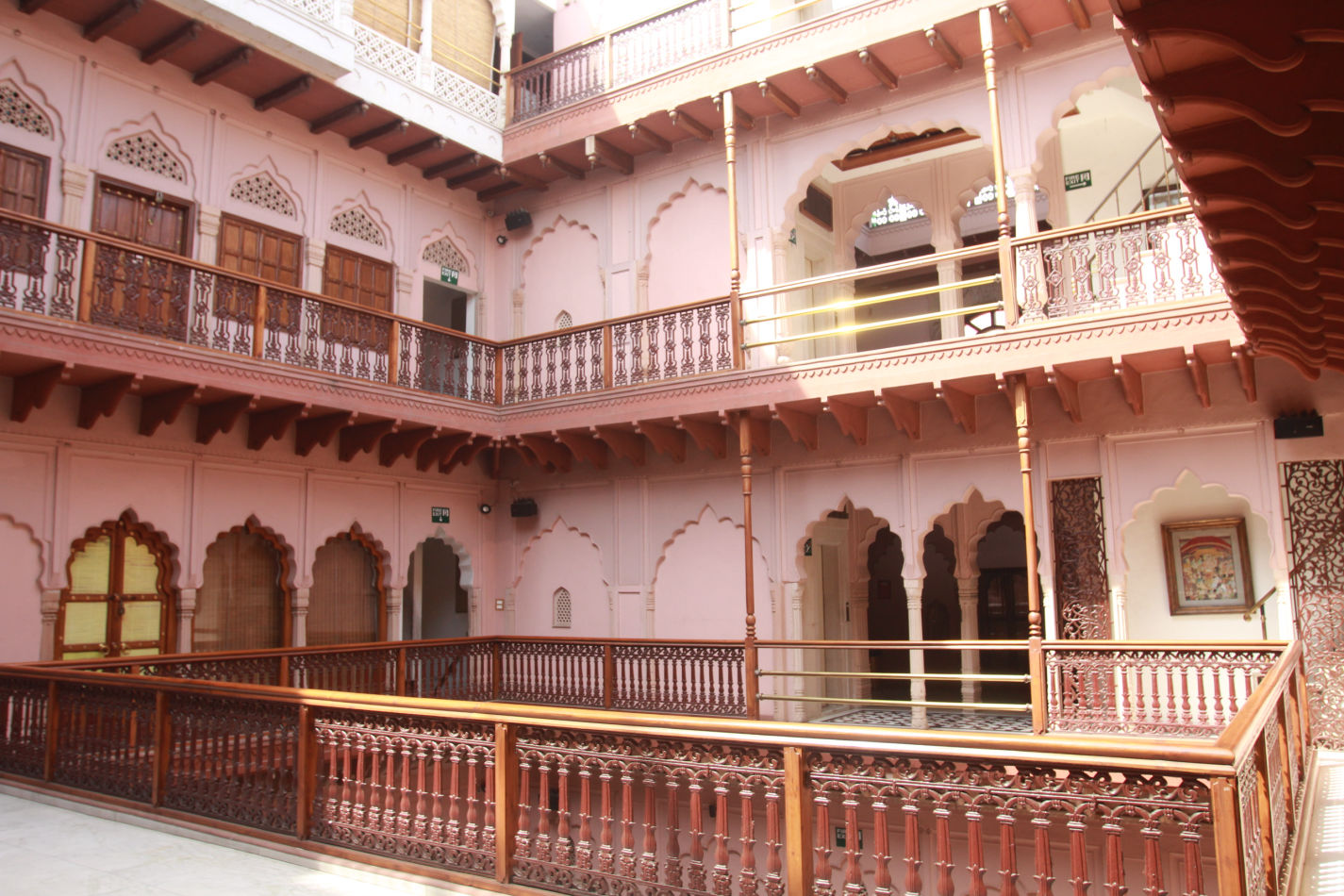Haveli in Dharampura has distinctive features attributed to the Late Mughal style, though part of it is a later addition in the 20th century. During the Mughal and the late Mughal period, a large number of Havelis were built by the courtiers. Historical references suggest that the construction of the haveli dates to 1887 AD.
While restoring the Haveli, top priority was given to retaining the original character and maintenance of the same. All conservation work followed basic principles such as minimum intervention in the historic fabric and respect for historic pieces of evidence adopted in various international charters for the conservation of heritage sites and monuments. All the new repairs followed traditional methods of indenting, replacing damaged stone with new in the same material with the same carving and refitting undamaged stone in its original location.
The goal behind renovating this Haveli was to engage traditional ways of construction with modern knowledge to preserve the architectural heritage. Protection of the potential archaeological deposit in the land was always a top priority. At all times, drawings and photographs of archival quality have been maintained of the physical works carried out during renovation as documentation of precious history. All the old furniture found before renovation has been carefully preserved and a new one designed keeping in mind the elegant style of the period the Haveli belongs to. Extra vegetation growing in the Haveli was removed with necessary herbicides approved by the conservation architect.

The Havelis were not built at random locations but in suitable surroundings. The terraces were planned with a sense of purpose: apart from providing privacy. Khus (aromatic grass) screens, kept constantly moist, helped keep the summer heat away while the fine stone screens with beautifully worked geometric patterns served as ventilators. Some of the large rooms had fireplaces; the smaller ones were heated with sigris (charcoal braziers) full of red-hot colas.